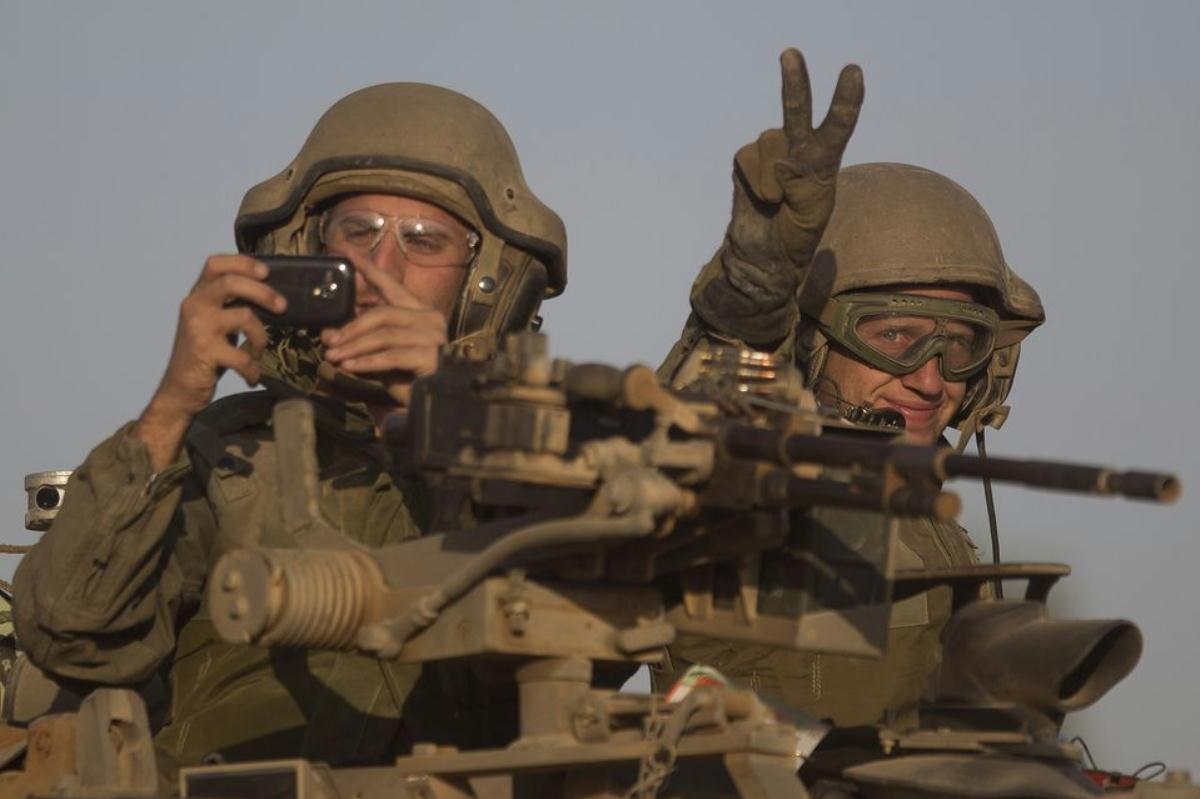New Florida law requires photo-lineup conductors to be unaware of suspect's identity
/From [HERE] A new Florida law requires administrators of police lineups to be unaware of the suspect’s identity when quizzing eyewitnesses.
Gov. Rick Scott on Wednesday signed the Eyewitness Identification Reform Act into law, which requires law enforcement to conduct so-called blind lineups in which the employee conducting the photo and in-person lineups would not know which person is the suspect.
On Oct. 1, agencies must either have a person who does not know the suspect’s identity conduct the lineup or use an alternative method that “achieves neutral administration and prevents the lineup administrator from knowing which photograph is being presented to the eyewitness,” according to the law.
Suggested alternative methods include using an automated computer program to flash photos to witnesses directly, or placing photos into randomly numbered folders hidden from the administrator’s sight.
Legislators hoped the new procedures would address concerns that witnesses could be influenced by “having an officer present who knows which person is the suspect,” according to a Florida Senate bill analysis.
Nine of the 14 DNA-based exonerations in Florida included eyewitness misidentification of crime suspects, said Seth Miller, Innocence Project of Florida’s executive director.
“It’s critical that we have uniform best practices based on scientifically proven eyewitness identification procedures,” he said. “Hopefully this will help prevent wrongful convictions.”
The Florida Department of Law Enforcement in 2011 published similar guidelines for conducting lineups, but the bill analysis noted that the guidelines were nonbinding without a law.
Orange County Sheriff Jerry Demings has previously said he does not think the Legislature should mandate how criminal investigations be conducted but agrees that blind tests are the best policy.
The Orlando Police Department and the Sheriff’s Office are updating their policies and procedures to reflect the changes in the law.
According to the new law, witnesses also must be told that the suspect may or may not be in the lineup; that they should not feel forced to identify anyone; that it’s “as important to exclude innocent persons as it is to identify the perpetrator”; and that the investigation will continue with or without an identification.
If law enforcement does not comply, judges can consider that in deciding motions to suppress eyewitness identification and defendants can use it in arguing cases of misidentification. Jurors also can be told they can use the noncompliance to determine whether they can trust the eyewitness’s identification.
The Criminal Justice Standards and Training Commission and the FDLE were instructed to create training programs and educational materials on how to conduct lineups that comply with the new law.













































































































































































































































































